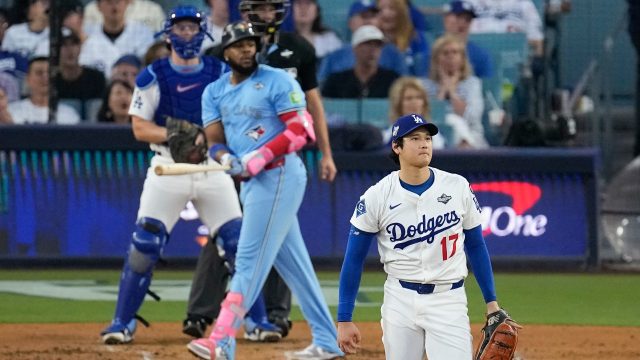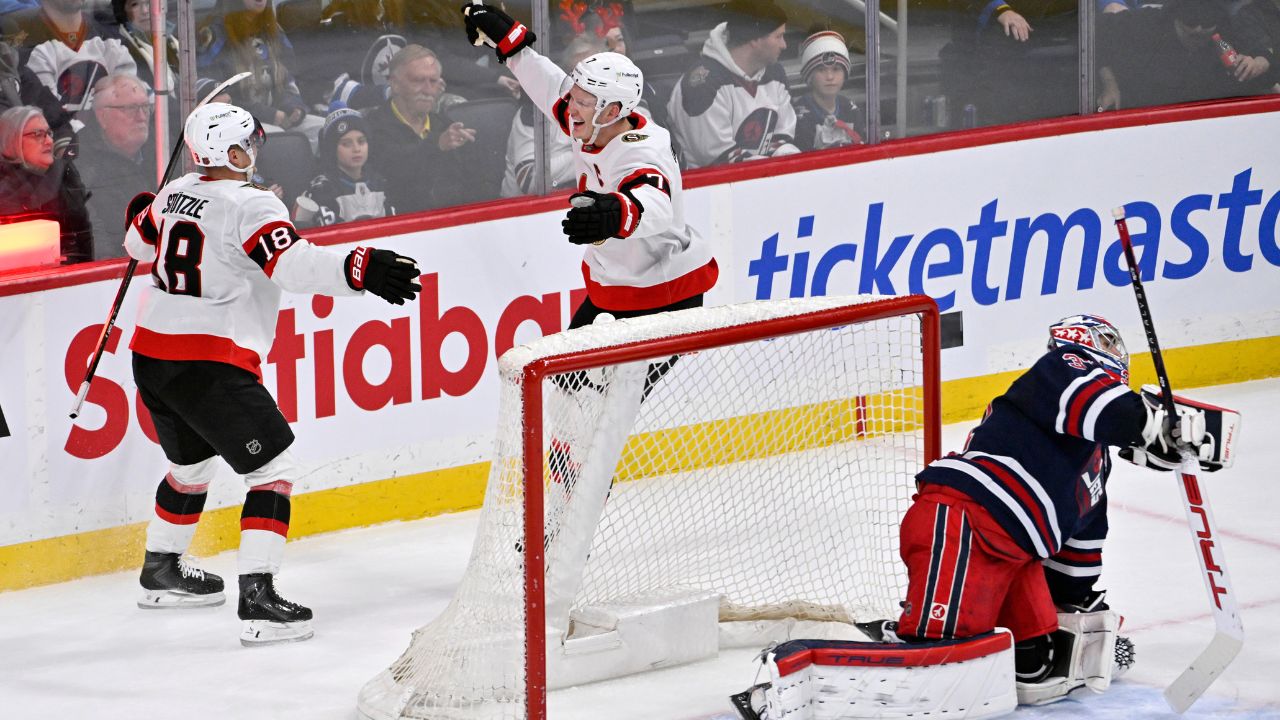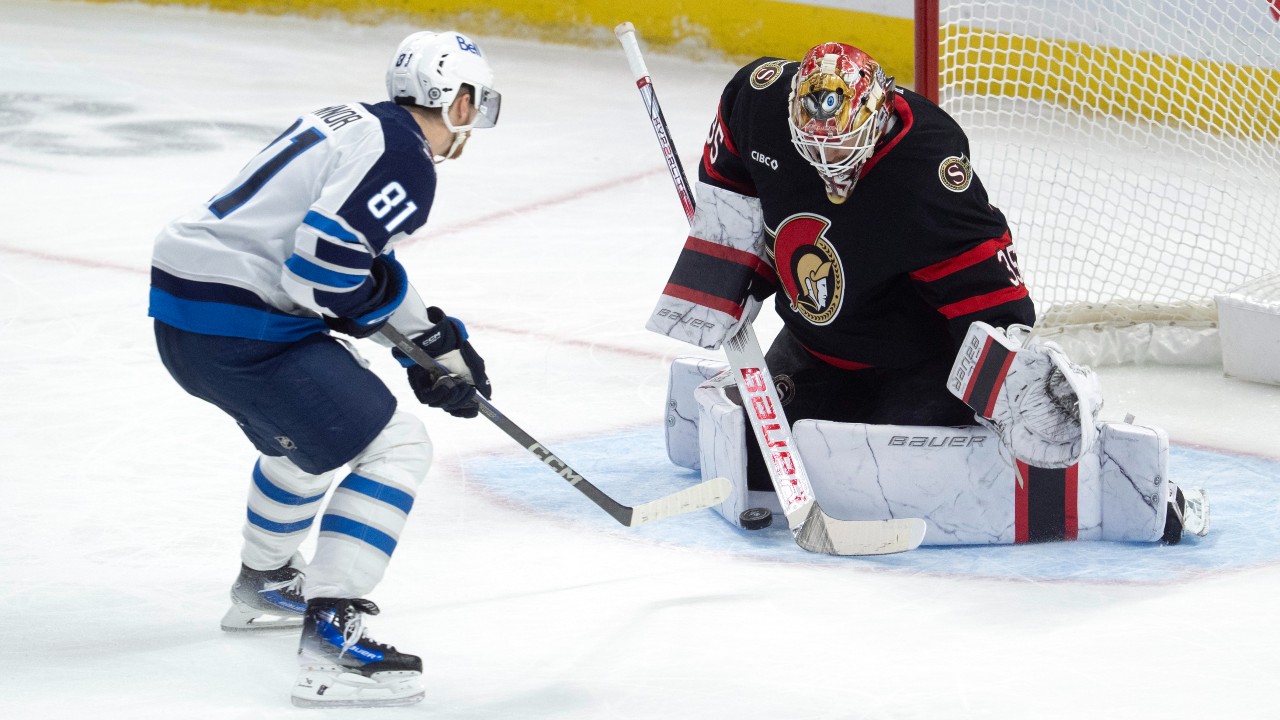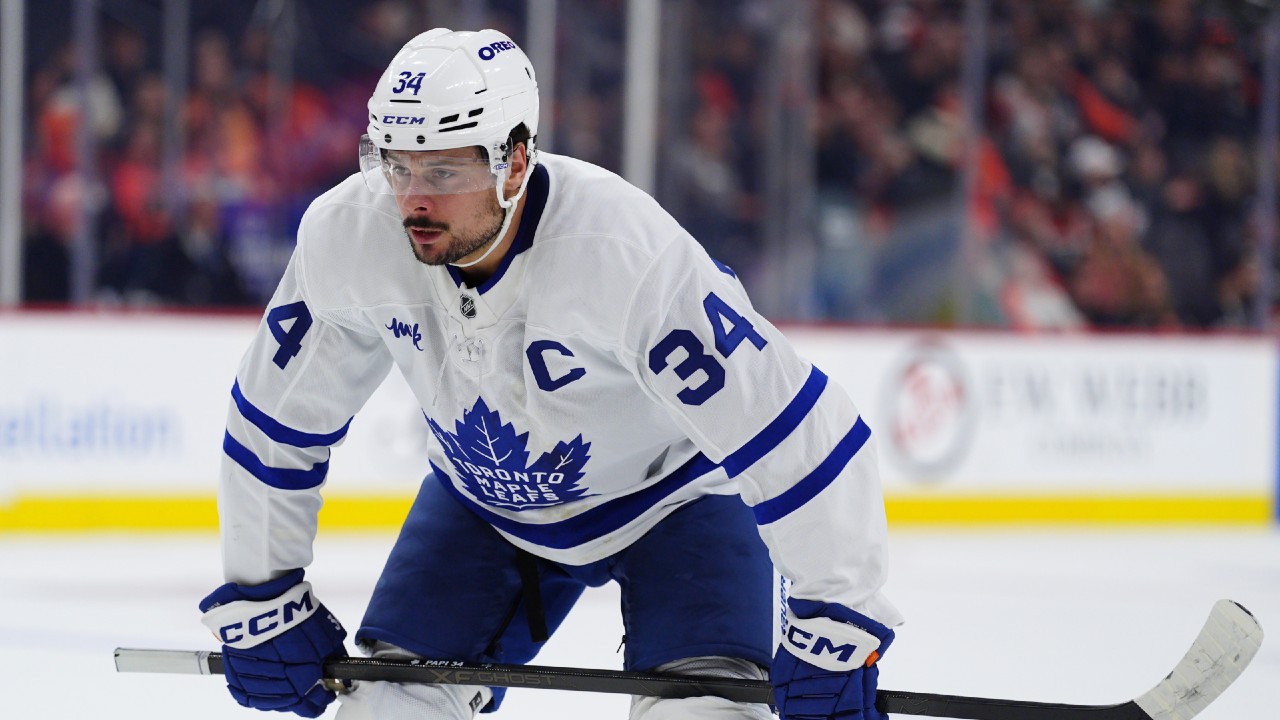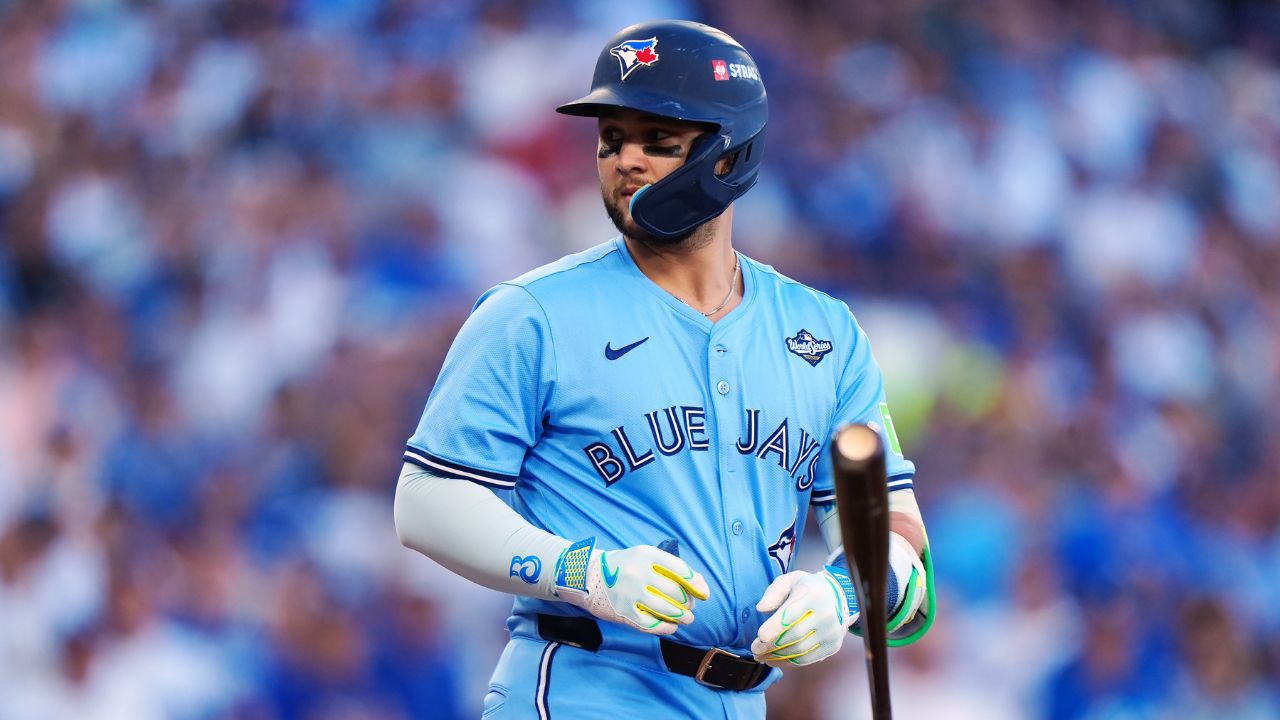
LOS ANGELES — Yet another resolute victory in a refreshingly normal game Tuesday night gave the Blue Jays an opportunity to reset, regroup, and refocus ahead of what’s now a three-game set for the World Series.
Still, questions remain about George Springer’s status, and the longer the series goes, the more familiar Dodgers hitters will get with Toronto’s pitching staff. Tactics and adjustments over the next 72 hours will be crucial. Here are some the Blue Jays are weighing ahead of Game 5.
How should the Blue Jays line things up against Blake Snell?
Bo Bichette — DH
Davis Schneider — LF
Vladimir Guerrero Jr.— 1B
Alejandro Kirk — C
Daulton Varsho — CF
Ernie Clement — 3B
Isiah Kiner-Falefa — 2B
Myles Straw — RF
Andres Gimenez — SS
BENCH
Tyler Heineman
George Springer
Addison Barger
Ty France
Nathan Lukes
-
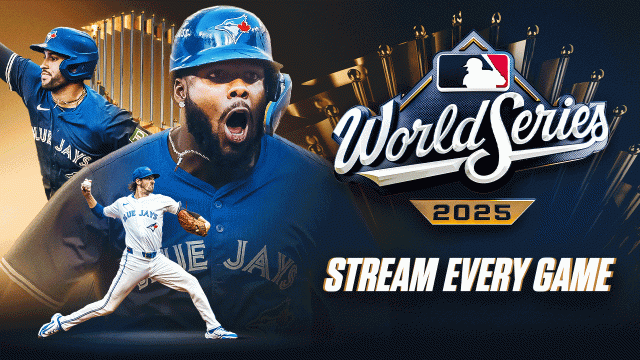
-
Watch the Blue Jays in the World Series on Sportsnet
The Toronto Blue Jays are looking to take command in the World Series as they battle the Los Angeles Dodgers. Watch Game 5 on Wednesday at 8 p.m. ET / 5 p.m. PT on Sportsnet and Sportsnet+.
Let’s assume Springer’s unavailable to start again in Game 5, which begins less than 48 hours after he injured his midsection in Game 3. If he can pinch-hit, great. But if not, maybe Thursday’s off day gives him enough time to recover ahead of Game 6.
We’re throwing Bo Bichette up into the leadoff spot because you want your best right-handed hitters facing Snell as many times as possible. And without Springer, he can slot in at DH, which lessens the stress on his knee. Bichette must start every game the rest of the way and you may need him back at second base for Game 6 — and a potential Game 7 — if Springer’s status improves. So, you’ll take a slight workload reduction where you can get it.
Davis Schneider saw tough results against Snell in Game 1, but he gained count leverage in all three of his trips and you want to tap into the familiarity he gained seeing 15 pitches from the left-hander five days prior. So, he’s up in the two-hole. Everything else from No. 3 on down is par for the Blue Jays’ course.
One adjustment the Blue Jays could consider is giving Addison Barger the start in right field in place of Straw, who struck out on four pitches and flew out on two in his pair of looks against Snell in Game 1 and is now 0-for-his-last-11 this post-season.
Barger’s plate appearances have gotten stronger as he’s gained more playoff experience — he has a 19.7 per cent chase rate since the beginning of the ALCS, fourth-lowest in the post-season over that span. And he does have two hits in his six trips against left-handed pitchers in these playoffs, including Game 1’s grand slam off Anthony Banda.
But overreacting to small samples like those is antithetical to the objective decision-making underlying this team’s success all season. If you’re interested in a sample twice the size of that one, Barger went 1-for-11 with a walk against lefties in September. And Jack Dreyer, Los Angeles’s lowest leverage left-hander, struck him out on three pitches in Game 5.
So, Barger starts on the bench. But as we saw in Game 1, he can be incredibly impactful as a pinch-hitter. Considering the fluidity with which the Blue Jays deploy their position player group game-to-game, it isn’t necessarily accurate to describe them as starters and bench players. It’s more like starters and finishers.
How long will Trey Yesavage’s leash be?
If he looks like he did in Game 1, probably not particularly long. On a night when he had little feel for his splitter, Yesavage grinded through two trips of the lineup and didn’t make it into the fifth inning for the first time in his seven big-league starts. And it would’ve been understandable if Schneider pulled him after a 27-pitch third that Yesavage began walk-walk-RBI single.
Ideally, that was a mere blip and not a sign of Yesavage hitting a rookie wall as he continues to push into uncharted innings territory during his first professional season. But it’s worth noting that his average fastball velocity in ALCS Game 6 (93.7 m.p.h.) and World Series Game 1 (93.9) rank as his lowest since reaching the majors. Seeing more 93’s than 94’s and 95’s on the radar gun in Game 5 would be another reason for Schneider to err on the side of lifting Yesavage a batter too early than a batter too late.
But as a manager, you enter the night assuming Yesavage will be at his best and all those considerations will be moot. If his fastball’s firm, he’s commanding his splitter, and his slider is playing to righties, Yesavage can easily take two trips and potentially even begin a third.
And an unusual benefit of Yesavage’s Game 1 struggles is that he threw only 10 splitters in the outing. Shohei Ohtani, Freddie Freeman, and Teoscar Hernandez saw only one apiece; Mookie Betts and Will Smith didn’t see one at all. So, Yesavage has potentially preserved some of the unfamiliarity advantage we’ve seen him benefit from since his big-league debut.
How should the Blue Jays deploy their bullpen?
As the series shifted to Los Angeles ahead of Game 3, Schneider said, “guys that can throw multiple innings are going to be important in these next three days.” And he was bang on as Eric Lauer’s 4.2 innings in Game 3 and Chris Bassitt’s two frames in Game 4 have put Toronto’s bullpen in a stable position heading into Game 5.
Bassitt helped buy Jeff Hoffman and Seranthony Dominguez nights off on Tuesday following substantial efforts in Monday night’s epic. And Braydon Fisher got a breather after throwing on three of four days in Games 1, 2, and 3. You’re likely seeing all three on the mound in Game 5, as Yesavage’s career-high pitch count is 94 and he hasn’t gone beyond 87 in the post-season. It would take a massive blowout to keep Toronto’s leverage arms out of this one.
Beyond that trio, things get murkier. Lauer will be encased in thick glass that can only be broken in the event of a dire emergency after throwing 68 pitches on Monday. Meanwhile, Louis Varland has thrown on three of four days, including 20-pitch stints each of the last two. In a best-case scenario, you can get by without needing to test his limits further. But it doesn’t take much for desperate times to materialize at this stage of the season.
Tuesday, Bassitt threw on back-to-back days for the first time in over 13 years, dating back to when he was a 23-year-old at high-A. Could he go on three straight? Bassitt’s effectiveness must make it tempting. He’s faced 21 hitters this post-season and retired 19 of them, allowing only a walk and a single. He’s reached a three-ball count to only three of those hitters, and eight of the 11 balls he’s allowed in play have carried exit velocities of 83 m.p.h. or softer.
Giving Bassitt two straight nights off ahead of another potential back-to-back in Toronto this weekend would be ideal. But you know he’ll be raising his hand if his team encounters a sticky situation.
Mason Fluharty would be pitching on a third consecutive day, as well, which he hasn’t done this season. But Schneider’s been reticent to insert Brendon Little into leverage since Game 5 of the ALCS. And the Ohtani-Betts-Freeman pocket atop the Dodgers lineup has already seen Fluharty twice in the series, with the two lefties getting hits off of him in Game 4. That makes Schneider’s usage of his left-handed pitchers an interesting subplot to track in Game 6.



